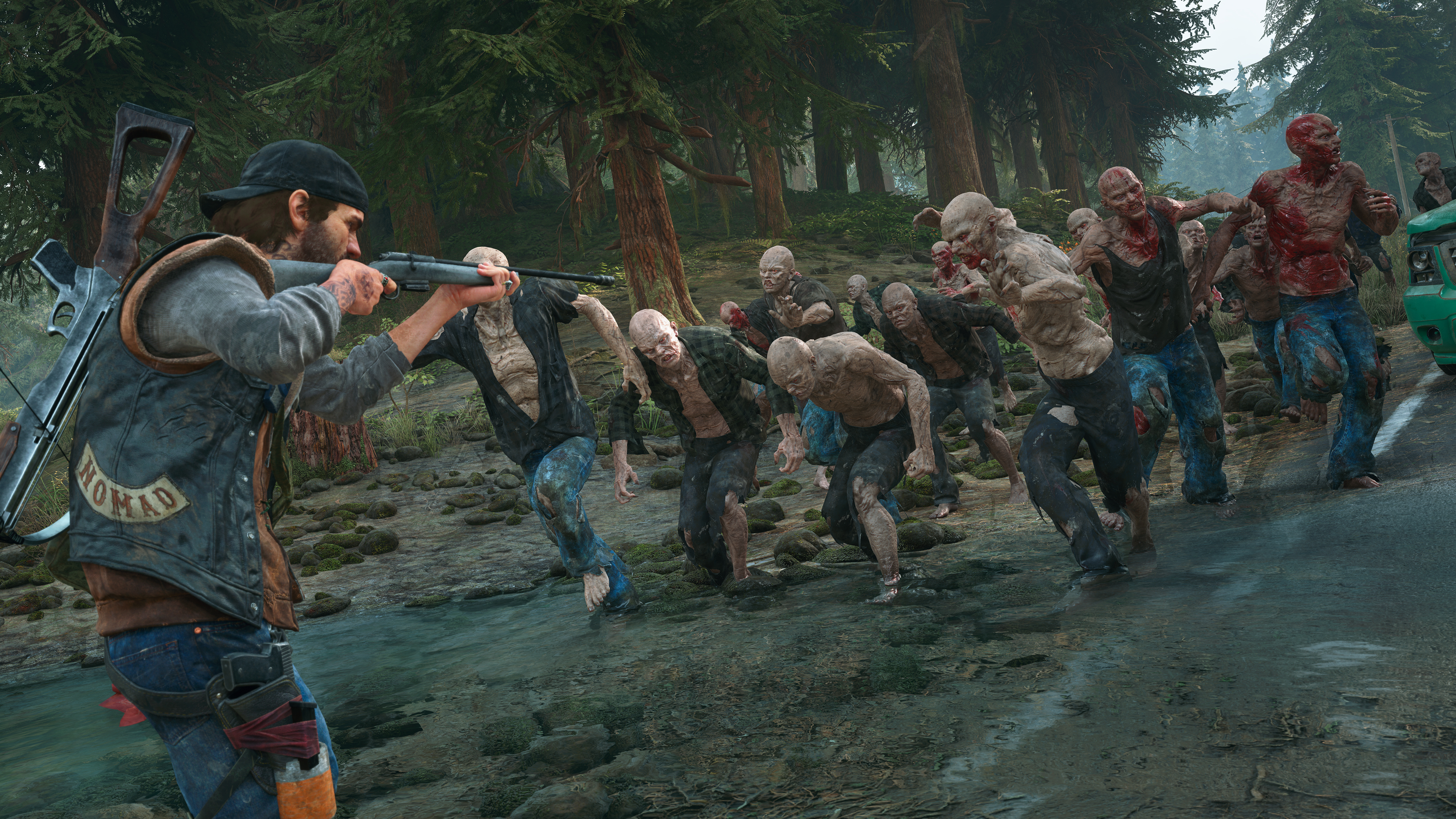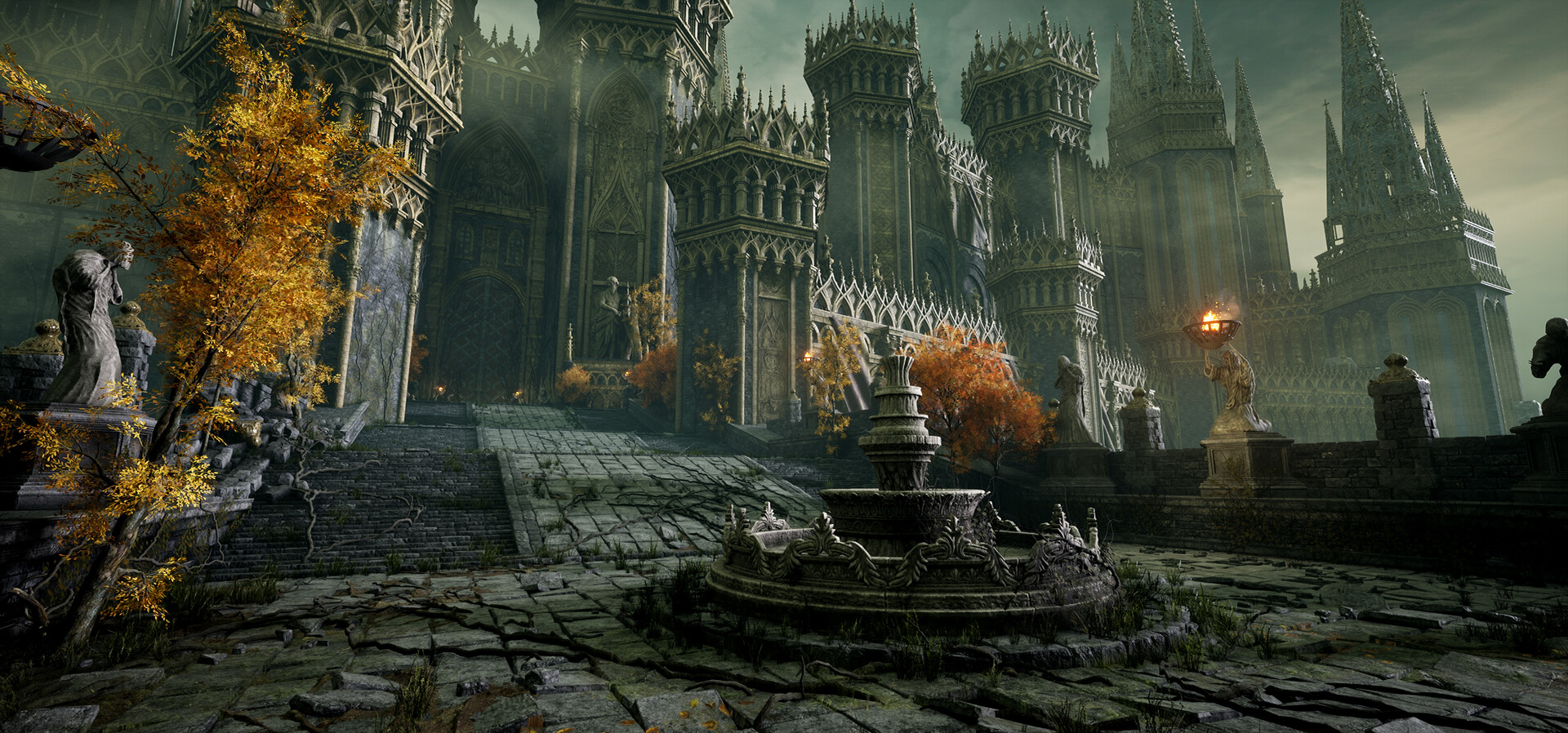People thinking unique "feel" or look is due to having a cutom engine are silly, there is nothing stopping an unreal game from looking and feeling like any game you've ever played without even needing some big rewrite.
Unreal Engine is also a lot more than just an "engine". If you'd ask developers, probably more would say they are moving to it for the development suite and tested stability and mature, logical UI layout and the strong adoption rate/ familiarity in the industry of the talent pool than purely the graphical horsepower. A great studio could get into that competitive arena on their own, but they've got the option of using tools every potential employee knows well (or could learn easily) and that the entire office could collaborate on easily to achieve results that are demonstrably possible if the product effort is put into it, that's just a hard thing to come up with a good alternative answer to.
And the great studios end up tearing out a lot of the "engine" anyways, building their own plugins and tools to supplant the included UE features (or at least they historically have with UE4; it remains to be seen how they'll approach UE5, but The Coalition has already demonstrated with its Alpha Point project that only pieces of UE5 and the Unreal Engine technology would be right for their production, and that was just a little demo.) So even the studios who use Unreal Engine fork the thing out a lot to be its internal engine anyway. (And that's true of other engines too.
Insomniac is on its own engine, but even they used the ArtEngine tool of Unity for I think remastering Spider-Man.)
It does make me nervous, that we may be nearing an end of bespoke engines and that one or two providers will come to "own" the game development market, but either way, this is far, far from the end of experimental game design...
So why most if not all UE games have the same toy look.
You can say a game if using UE or not just by the look of it.
Somebody else could go through the tremendous number of UE titles which do not have a "Unreal Engine" look to them, but it should be obvious that not all UE games have the same look. UE3 had that problem, but even then, many games used the previous Unreal Engine (a great example being Guilty Gear Xrd) which looked unlike anything else made in that engine.
Templates and defaults lead to similarities between games, true. But you're probably going to get similar "same look" problems from Unreal and Unity projects. They're all utilizing similar techniques for say lighting (based on commonly adopted papers for how to do RT or voxel-cone tracing or whatever other technical term would get thrown into the mix of a Features bulletpoint list...), it's up to the developer to remix the math.
I mean, does everything made in PhotoShop look the same? Probably no, you'd say. But also, do a lot of images have telltale signs of being PhotoShopped?
Generic Engines like Unreal Engine are limited to what you can do, for example you need to use Nanite or Lumen with the predefined settings the engine allow you... unless you heavy modify the Unreal Engine (some devs do)...
That's incorrect. Nanite and Lumen are not required for UE5 projects, and in fact there are many cases (including past-gen platform or mobile-equivalent hardware support) where you would not use those technologies. For Nanite, it's just a toggle switch on any individual asset (and you'd just globally disable Nanite from the start if you were not planning a Nanite-structured product) and that swaps back in previous methods; for Lumen, it's a little more complicated in how it's used, but again, a developer would fall back to alternative methods.










